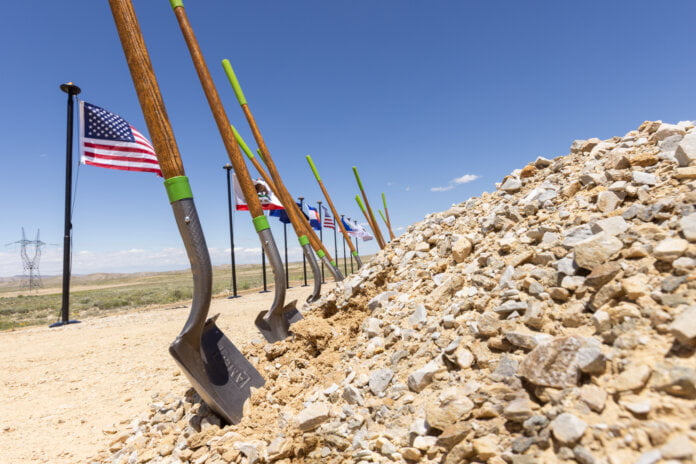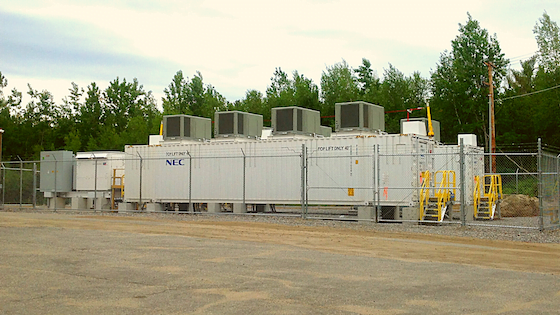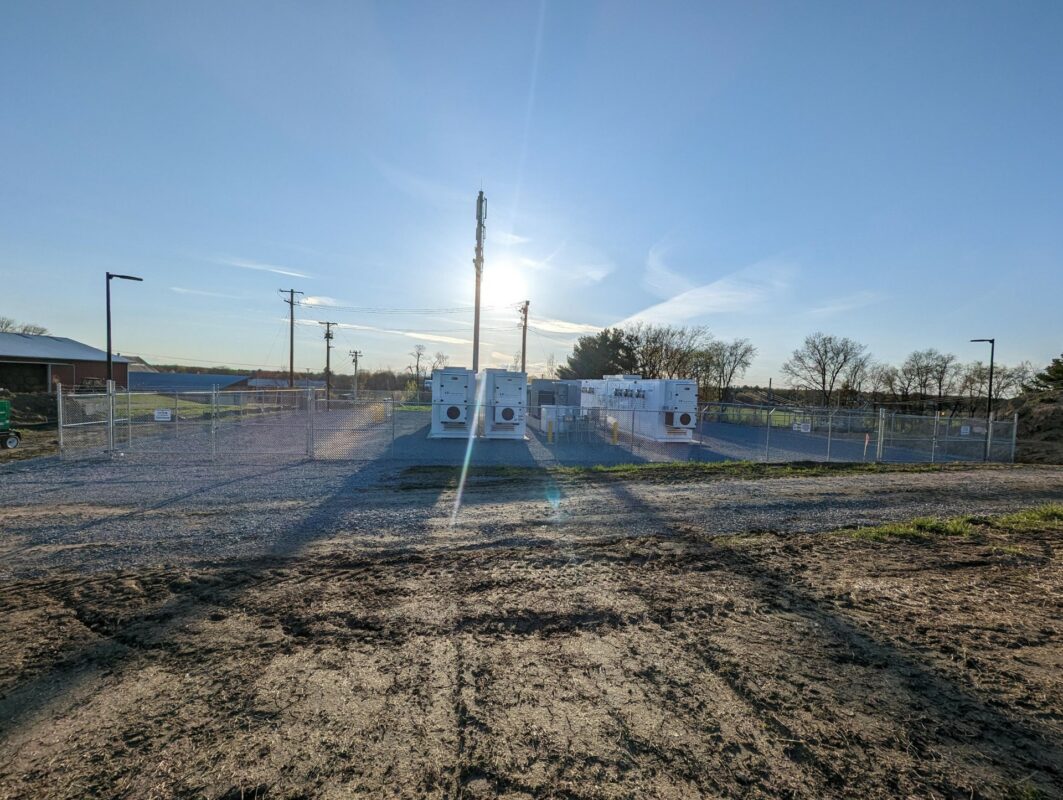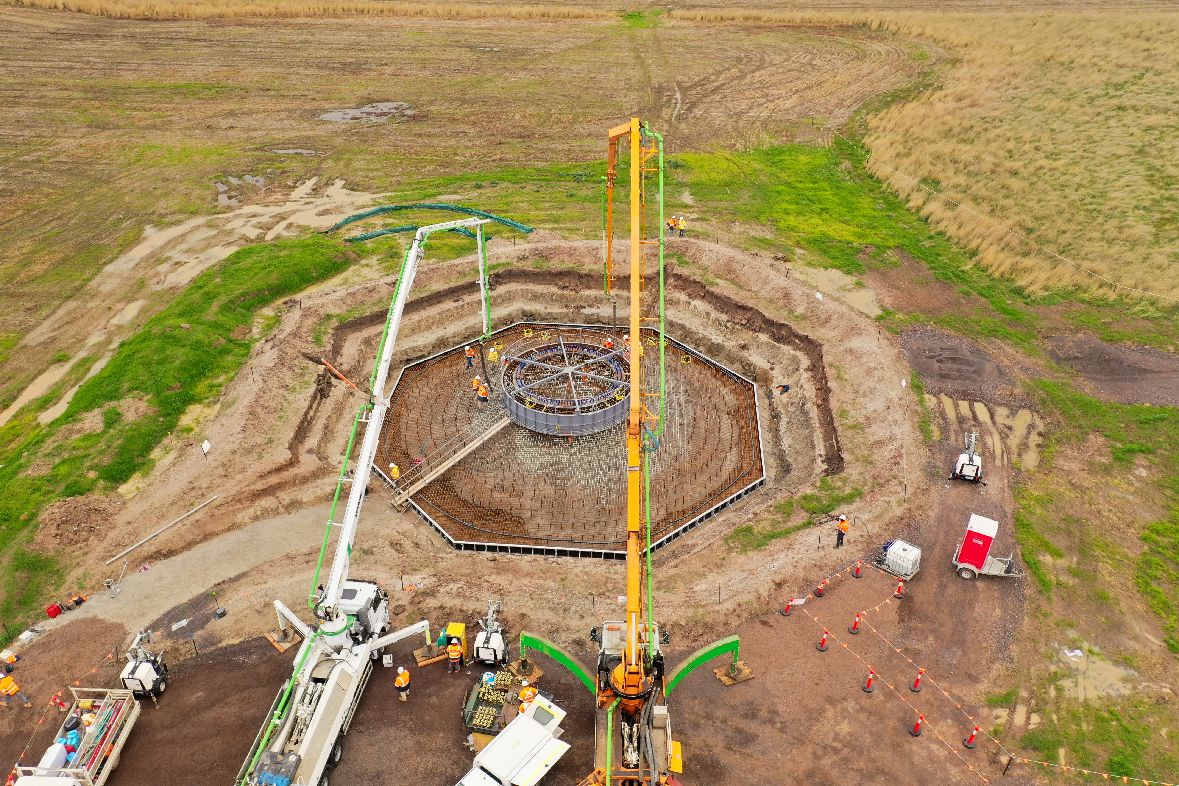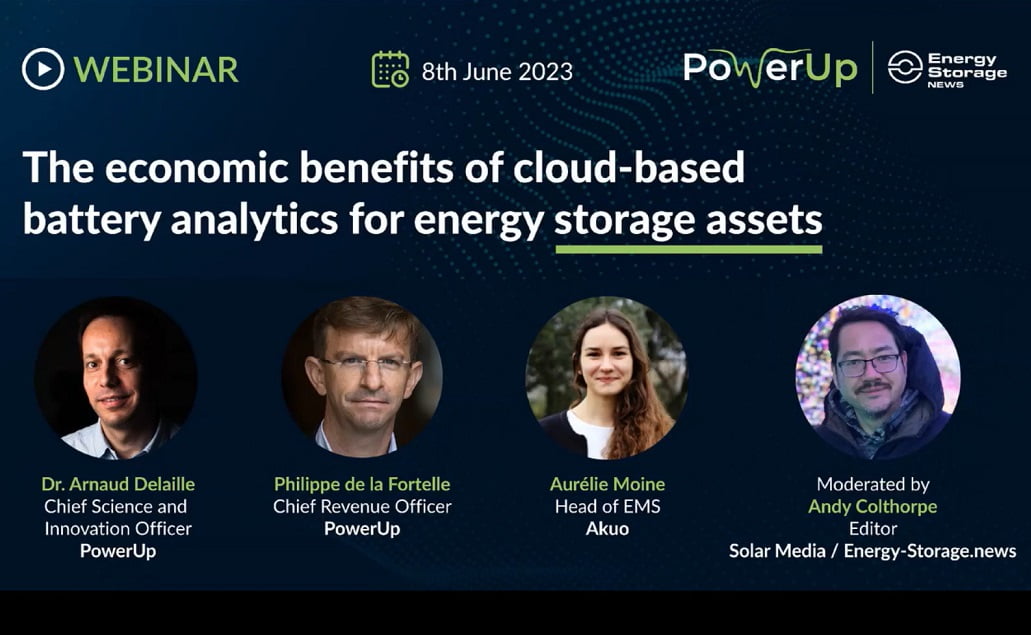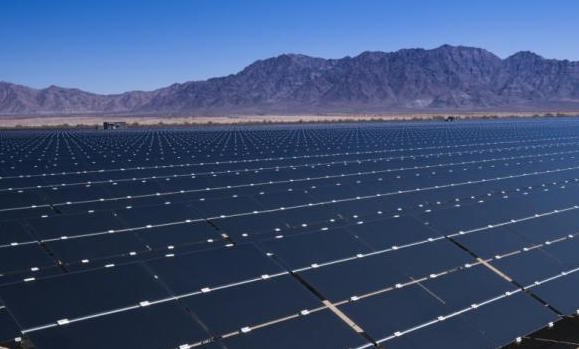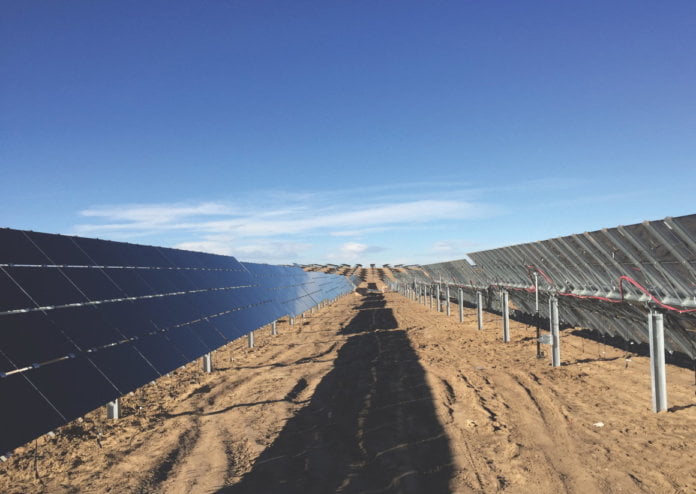Construction is beginning at the TransWest Express (TWE) Transmission Project – a high-voltage interregional transmission system adding capacity to deliver renewable energy across the Western United States power grid. Federal, state and local officials, including Secretary of the Interior Deb Haaland, Secretary of Energy Jennifer Granholm and Wyoming Gov. Mark Gordon, recently participated in a groundbreaking ceremony
The event took place on the Overland Trail Ranch, a working cattle ranch south of Rawlins, Wyo., where the TWE Project’s northern HVDC terminal is sited.
The 732-mile HVDC and HVAC TWE Project will provide important new bulk transmission capacity to benefit the entire West. It will interconnect with the PacifiCorp system in Wyoming, with the Los Angeles Department of Water & Power and Intermountain Power systems in Utah, with the NV Energy system in Nevada and with the California Independent System Operator.
“The groundbreaking event for the TransWest Express demonstrates yet another example of how Wyoming is continuing its energy leadership,” says Gov. Gordon. We are glad to be able to provide energy to primarily California and Nevada consumers, who want what Wyoming has to offer.”
TWE’s primary construction partners are Siemens Energy Inc. for the HVDC terminal technology and Barnard Wilson Joint Venture for the transmission line and AC substations. TransWest also is partnering with the International Brotherhood of Electrical Workers and International Union of Operating Engineers.
The TWE Project will be the Western power grid’s largest transmission addition in decades. It will connect three planning regions in the West, while adding 3,000 MW of high-voltage capacity from Wyoming to Utah and 1,500 MW of high-voltage capacity from Utah to the Desert Southwest (Nevada, California, Arizona). The project also will provide the West with new access to wind-generated electricity from Carbon County.
Adds Secretary Granholm: “The TransWest Express Project will play a major role in our nation’s energy security, ensuring that home-grown clean energy can form the backbone of our electric grid as we rebuild a stronger, more resilient transmission system.
The TWE Project is expected to come online in 2027.
Continue reading

